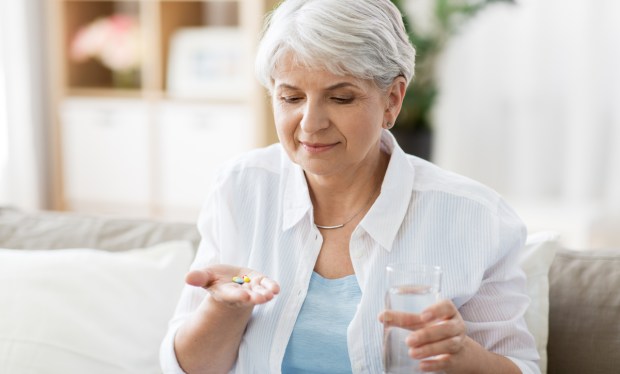Real-Time Data and a ‘Smart Pillbox’ Reset Online Rx Delivery

The graying of America, the emergence of “aging in place” carries with it a special challenge: medication adherence.
Remembering to get prescriptions filled and take medications on time are no easy tasks as many patients may be daunted at home by juggling several drugs to treat chronic or even debilitating conditions.
MedMinder CEO Troy Hilsenroth told Karen Webster that as healthcare has evolved from a fee-based model toward focusing more on value-based outcomes, the convergence of hardware, software, apps and real-time data can improve at-home medication management — shaping a full-service digital-first journey.
PYMNTS data shows a continued embrace of connected, healthcare monitoring systems to track health and wellness. And as Hilsenroth told Webster, “we’re a digital healthcare company — and at the end of the day, we enable providers, payors and patients to provide or receive a higher quality of care at a lower cost.”
The Smart Pillbox
In terms of the continuum of touch points and the management of the prescriptions themselves across MedMinder’s platform, providers and patients digitally transfer their prescriptions to the MedMinder pharmacy. The medications are pre-organized and sent to patients; those pills are then loaded into a “smart” pillbox that alerts users when it’s time to take the medications.
“This is a platform that helps you check in on your mom,” said Hilsenroth, and one that helps de-institutionalize care, bringing more effective prescription management into the household setting. Hilsenroth also stated that more active medication management in the household can have a positive ripple effect on healthcare costs, trimming the need for home health aides.
The in-home device, he said, “acts as a hub in your home for a range of medical information.”
By reminding patients to take their drugs at the appointed time, by monitoring (via sensors) when those medicines are removed from the dispenser (and presumably taken), Hilsenroth noted that, in addition to boosting adherence, “these are the insights that the payor and provider organizations want.”
The same alerts transmitted to the smart pillbox can and do flow to patients’ caregivers and family members to help ensure that there are additional layers of reinforcement to make sure seniors are following their medication routines. The company recently released a phone app for both Android and iOS to help users monitor drug status and dispensing on their phones, he said.
Eyeing New Markets
The combination of the in-home, connected devices, the app and the real-time data approach builds an extensible model, where third-party sources such as wireless scales and blood pressure cuffs or glucose monitors could all be loaded into the mix, he said. And the benefits seen within the senior population could be extended to other patient profiles (such as diabetics).
In addition to a growing direct-to-consumer segment, the primary customers for MedMinder’s offerings right now are insurance companies and providers, along with payors, who in turn refer patients to the company. Hilsenroth also observed there are some enterprises, such as methadone clinics that need to ensure a “chain of custody” with the methadone itself, that enlist MedMinder’s platform and pay the company a monthly fee. For MedMinder, the broader platform approach will deepen and extend customer lifetime values and recurring revenue streams.
“We want to make this a standard of care associated with patients who are under complex drug regimens and need assistance to stay adherent,” he told Webster, adding that “the organizations that will succeed and thrive in the future will have the ability to manage large populations of patients in efficient and effective ways.”

